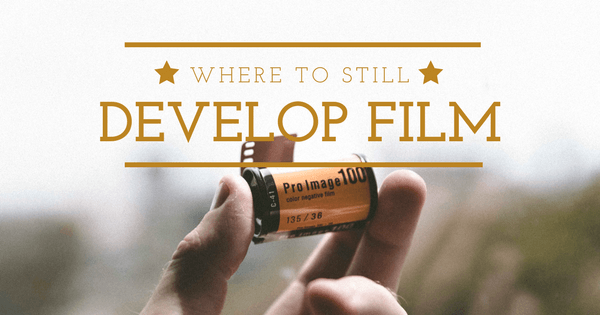It’s now harder than ever to find a place that can still develop film. What do you do when you find a stash of 35mm film rolls in your downsizing parents’ photos? Do you shoot digital photos now, but want to get started shooting with film? Or do you bring disposable cameras to the beach after a costly phone fumble?
Watch out for the difference between developed and undeveloped 35mm negative film. Strips of brown or black and white images in groups of four to six are negatives that can be scanned. Any film still inside a metal or plastic cartridge MUST BE developed. If you open unprocessed film, you will expose it to light and ruin the images.
After confirming that you have an old roll of undeveloped 35mm camera film (or even an APS canister), you might be asking, “Where can I get this film developed?”
What Stores Still Develop Film
Online and Mail-Order Film Processing
What Kind of Film Can I Still Develop
Why People Still Use Film
What To Do After You Develop Film
How the Pros Develop Film
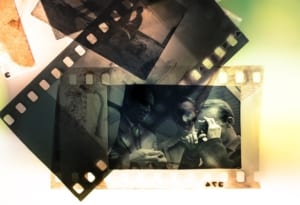
Developing film is pricey due to the labor, chemicals, and equipment. Traditional film processing takes place in a darkroom or photo lab. Commercial film labs often use large, automated machines that run strips of film through a series of timed chemical baths.
Many purists prefer the darkroom, where a person manually runs the film through a similar chemical process. As the film develops, the photos captured on it will start to appear like magic. The developed film is then rinsed and hung out to dry.
In researching where to develop 35mm film (and other formats), you might see the term push and pull processing. These techniques change how long the film sits in the developer chemical.
Pushing film means leaving it in a longer bath so the image gets brighter, while pulling film means taking it out of the bath earlier to get a darker-than-normal image. Push and pull processing can boost an image’s quality if it was shot in low-light or very bright conditions.
I Found Film! Now Where Do I Go?
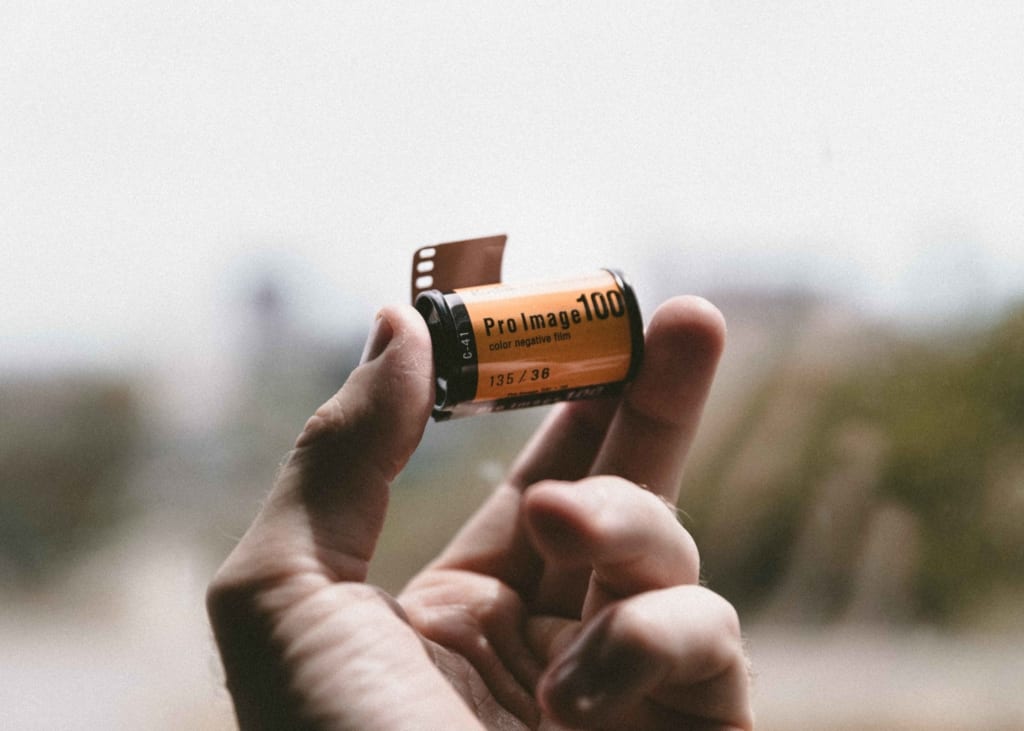
Remember when one-hour film processing was standard fare at retailers? An effort by The Darkroom shows that this once-popular service is all but extinct at chains today. The rise of digital photos has lowered the demand for film developing, and companies seem to think the service is no longer cost-effective. In another move to cut costs, companies that still process film have stopped sending the negatives back with your prints.
Many die-hard film fans have switched over to film developing by mail. Yet there are some brick-and-mortar spots where you can still find professional film processing services.
Here’s where you can get that old 35mm film developed.
Pharmacies
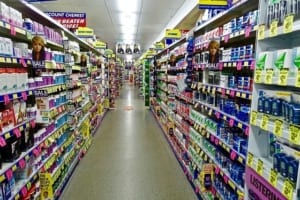 Drug stores like CVS, Walgreens, and Rite Aid used to be prime places for getting film developed and turned into prints. Rite Aid still makes prints from your digital photos, but the chain’s website does not mention film. The Darkroom notes that only some Walgreens and CVS stores are places that develop film regularly, and the ones that do are outsourcing your stuff to third-party firms.
Drug stores like CVS, Walgreens, and Rite Aid used to be prime places for getting film developed and turned into prints. Rite Aid still makes prints from your digital photos, but the chain’s website does not mention film. The Darkroom notes that only some Walgreens and CVS stores are places that develop film regularly, and the ones that do are outsourcing your stuff to third-party firms.
Always call ahead to check on whether your local pharmacy develops film before making a trip.
Wholesale Clubs and Big-Box Stores
If you’ve used them in the past, you might be wondering, “Does Costco develop 35mm film?” Unfortunately, warehouse clubs and big-box stores are pulling out of film processing, too. Sam’s Club and Costco cut ties with the format a few years ago, in most – if not all – of their stores. The photo section of the BJ’s website doesn’t list film developing either.
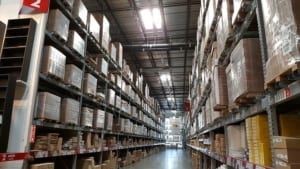
Your Best Bet:
Photography Specialty Stores
Feeling disappointed? Maybe a bit nostalgic? Here’s some good news to perk you up. You can still get most of your film developed and turned into prints through stores that specialize in photography.

It’s okay if you’re not in the Boston area. There are a ton of photo specialty stores across the U.S., and at least one near you is bound to offer high-quality film developing. But if you really can’t find a store near you, there’s still hope! Mail order film processing is still a widely used service, and it takes you back to Kodak’s early days when the ONLY way you could develop your film was to send it to them.
Online and Mail-Order Film Processing
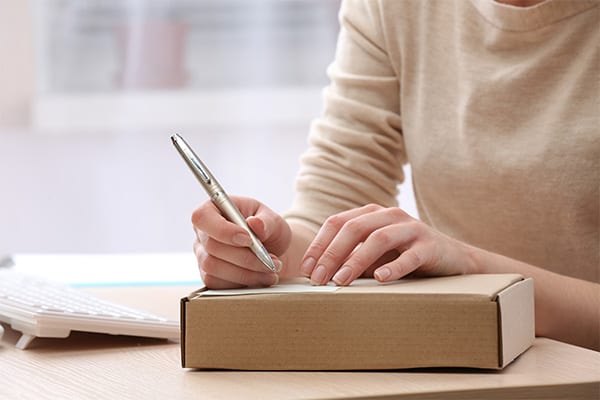
You might want to try a firm that offers 35mm film developing by mail. People who use this service can package and ship their film to a remote professional photo lab. Many mail-in developers offer free shipping labels straight from their website. Consider these options if you don’t have any local photography specialists in your area.
-
- The Darkroom – San Clemente, CA
- Fromex Photo & Digital – Signal Hill, CA
- Old School Photo Lab – Dover, NH
- New Jersey Film Lab – Paramus, NJ
- For a more extensive list of places that still develop film, visit this page on lenslurker.com
We understand the concerns you might have with a complete mail-order process. Most people don’t like having zero control of the film they send out. They worry the package and payment info could be damaged, compromised, or lost in the mail. It’s also nice to see a familiar face during the process; in-person contact can feel more friendly, and there’s more accountability if something happens to your material. As a company who frequently processes mail orders, let us alleviate some of your concerns:
- Even remote services will be happy to speak with you about your project.
- Since the decline in mainstream 35mm film development, this is the route we would take with our undeveloped film.
- You can ease your mind about the mail-in process by securely packaging items so they don’t roll around in the box.
- Try shipping through a service that provides you a tracking number.
DIY (Develop It Yourself!)
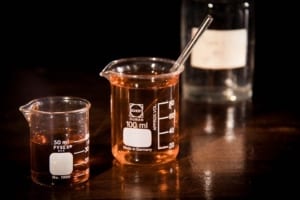 Did you know you can process film at home? All it takes is some time and the right gear. You can order kits with the right containers and chemicals to develop film all by yourself. Use a container that blocks out light, and you won’t even need a darkroom. For more details on DIY film developing, click here.
Did you know you can process film at home? All it takes is some time and the right gear. You can order kits with the right containers and chemicals to develop film all by yourself. Use a container that blocks out light, and you won’t even need a darkroom. For more details on DIY film developing, click here.
If you’re feeling thrifty (or brave), you can even use common household items like coffee, red wine, or even tylenol to develop film in the comfort of your own kitchen. If these hacks sound scary or you don’t have any photography experience, consider a professional service instead.
What Kind of Film Can I Still Develop?

E6 (Color Positive Film)
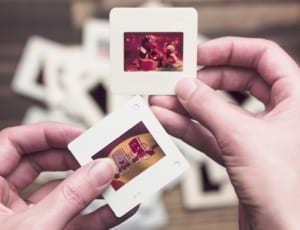
C41 Color Negative Film (35mm & APS)
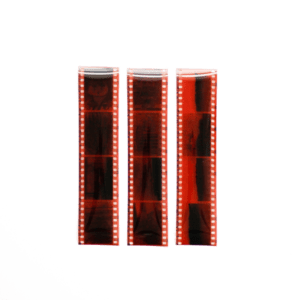
Once developed, C41 film is scanned to digital files and we can reverse that wonky inverted look electronically. The C41 format replaced the C22 breed, which needed more harmful chemicals to develop. Most labs and darkrooms no longer process C22 film.
B&W (Black and White Film)
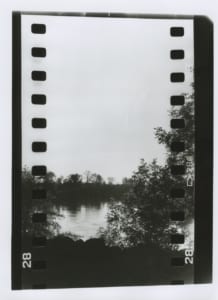
Color film was not introduced until the 1930s, so your vintage black and white film could be decades older than color photos!
Developing Costs
Don’t worry too much about cost. The stores and services listed here charge between $5 and $11 to process one roll of 35mm film. Other film formats like 120 and 220 may cost a bit more, while the fees for push and pull processing are usually charged as an extra percentage of your developing costs.
The cost to develop film yourself may not be realistic for casual projects. Some of the chemical kits online go for more than $100, and even the cheaper containers are at least $10 each. If you’re intent on developing at home, pick up some coffee or red wine!
What To Do After You Develop Film

After you decide where to develop that 35mm film, it’s time to turn your new photos into digital files. Even the companies listed above will normally scan your processed film into digital files before turning them into prints. Why not scan your slides to digital or do some negative scanning so they never have to leave your sight again?
While it may not be as easy to develop film as it once was, you clearly still have options. Don’t wait for another photo lab to cut their ties with 35mm film – it’s time to develop, digitize, and enjoy your memories once more!
Are there benefits to using film in a digital age?

If you haven’t considered film before, you may wonder which is the better photo format: film or digital? The answer depends on who you ask, but each format’s image quality varies based on your skills and gear. Film and digital photos are more distinct, however, on points like cost and ease of use. Here’s a quick comparison.
Most folks prefer digital photos because they’re easy to shoot, edit, store, and share. Statista writes that the world will shoot more than 1 trillion digital photos this year, mostly with smartphones. Modern tech can help you quickly snap hundreds of shots, add cool filters, save them onto flash drives, and share them to the cloud.
A niche market of photographers still prefers film. While the average 35mm film roll fits only 24 to 36 images, some pros say this limit prevents digital clutter and leads to more thoughtful photography. Others simply say there’s something magical about carefully composing an image, catching it on film, and watching it develop.
Film cameras also tend to be cheaper than comparable digital ones, though it does cost more to buy and develop film in the long run. True film connoisseurs shoot with large or medium format film. You can read our post about shooting with medium format film if you’re interested.

Put our Film Tips on Pinterest!


